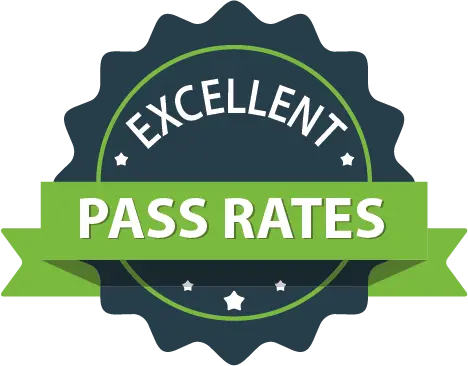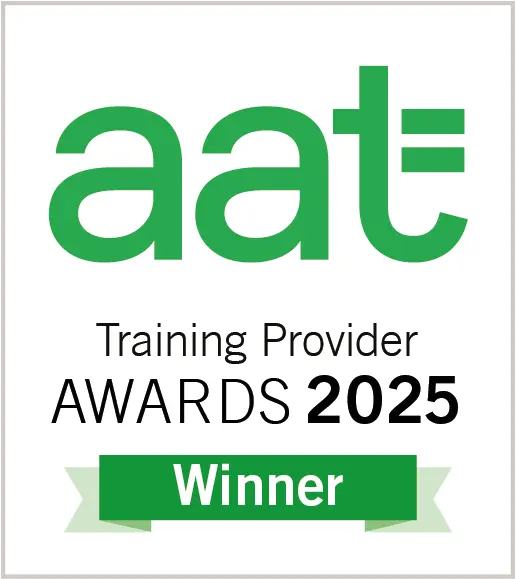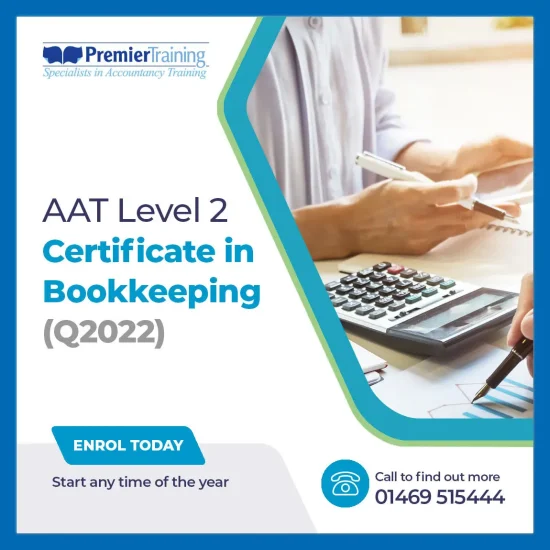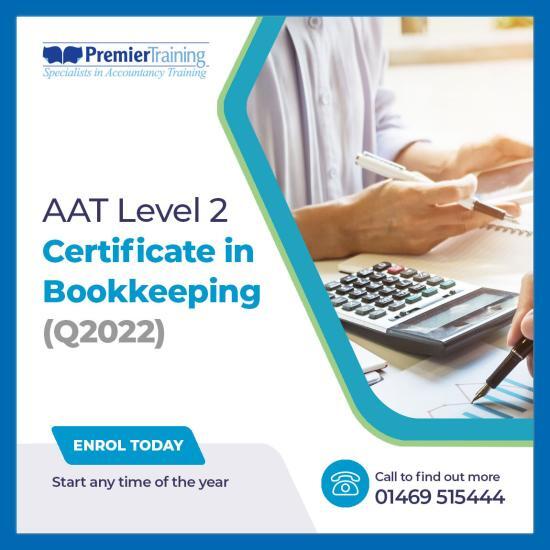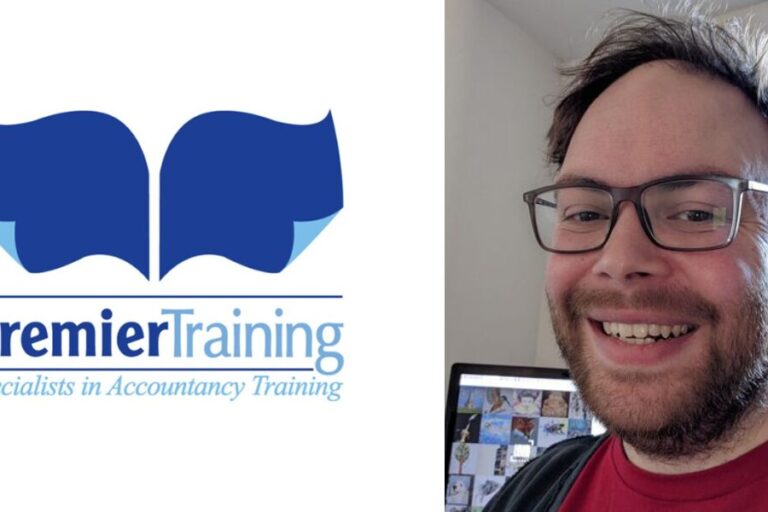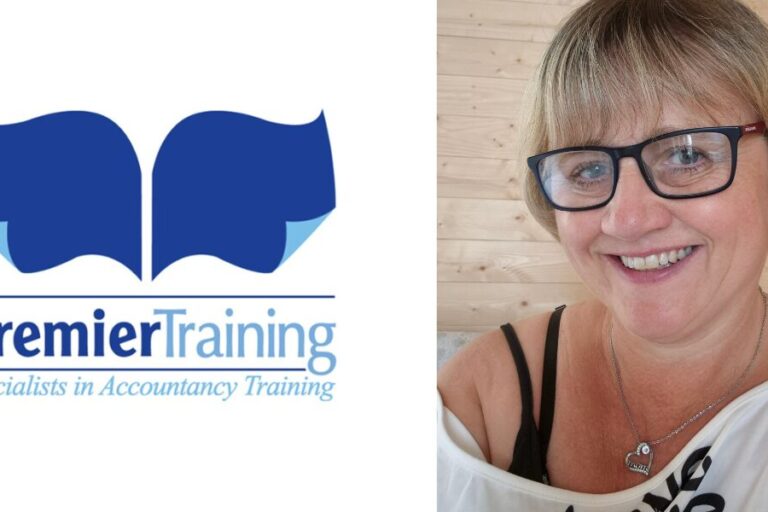My personal tutor is really approachable and helpful with his feedback on my assignments
I really enjoy my studies with Premier Training. The study material is very detailed and straightforward. My personal tutor is really approachable and helpful with his feedback on my assignments – not to mention always prompt in marking my assignments. Online learning is the best way for me to complete my studies as, with a…

